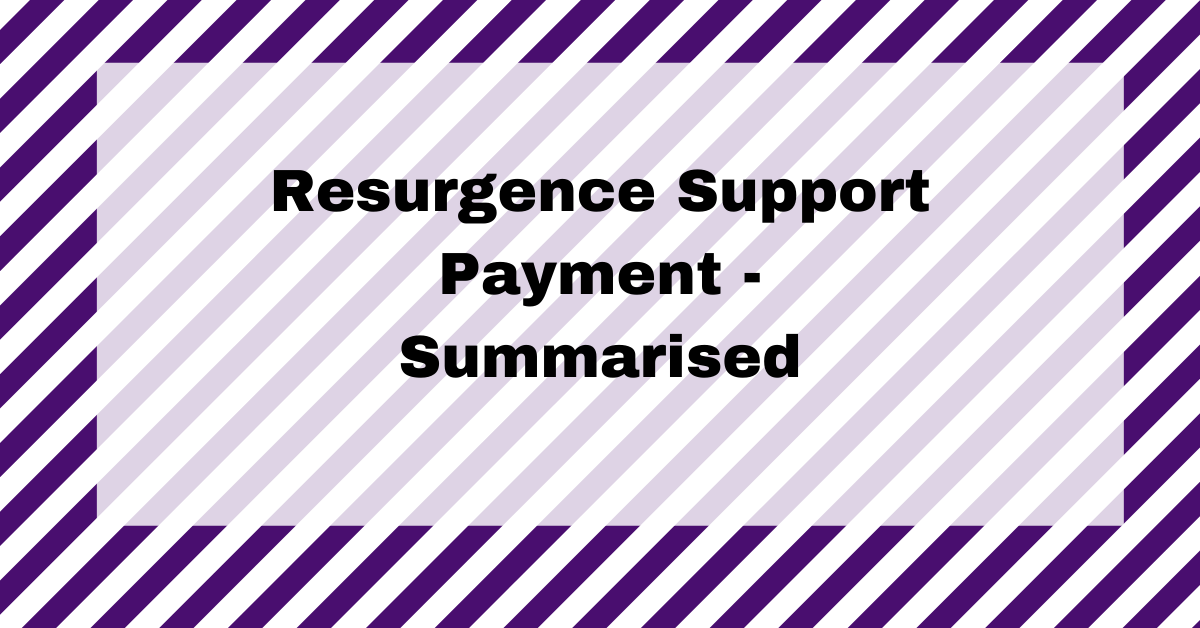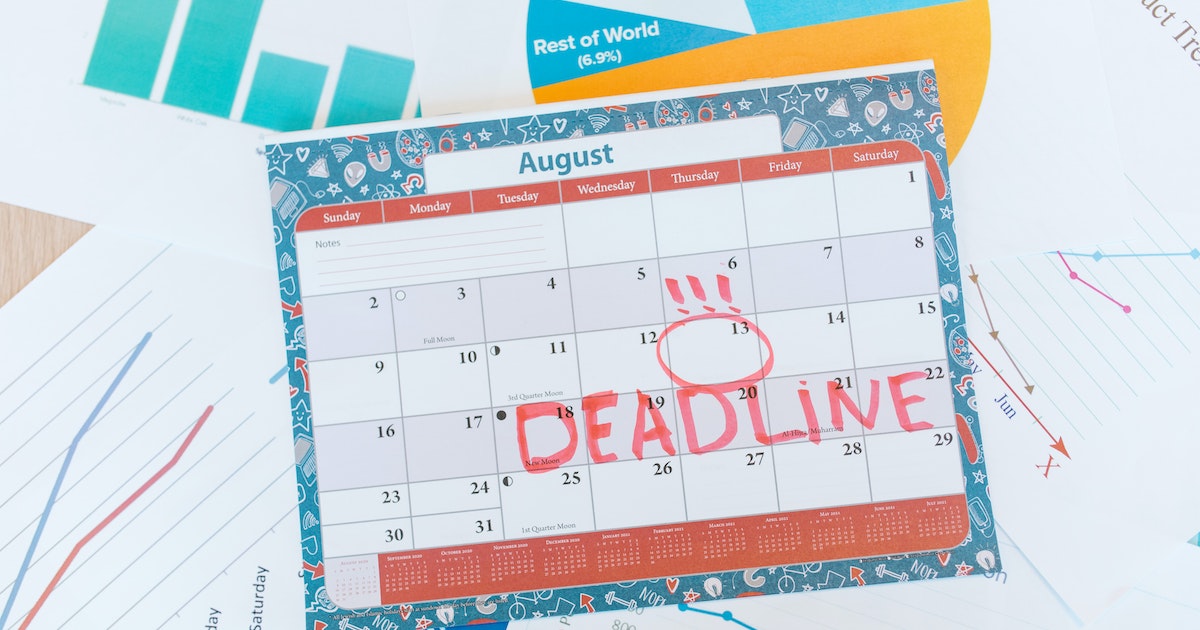
The RSP Summarised
Posted on 04 Nov 2021
We know it can be confusing reading so much information, so we've compiled a brief overview of this support. If you have any further questions please let us know. **Updated November 22, 2021. Who can apply? Anyone can apply. You can be a sole trader, self-employed, or a small business owner with a few staff. You will need to apply in myIR and you'll need to have an NZBN. If you are a registered company you will already have one. If you're self-employed you may not. You can apply for one here. Apply for an NZBN. A full list of what you will need before you apply, and to apply for the RSP can be found here: There are currently 5 payments that are available to apply for. You can apply for more than one providing you meet the eligibility criteria and each one needs to be in a separate application. Eligibility Criteria: Here's the full list of criteria you need to meet (you must meet all the criteria to be eligible):
- Applicants must have experienced at least a 30% decline in revenue due to the increase in alert level. (If the applicant is part of a commonly owned group, this 30% decline also needs to be satisfied across the group as a whole.)
- Businesses and organisations (including sole traders) must have been in business?for at least 1 month before the alert level increase on 17 August 2021.
- The business or organisation must be viable and ongoing.
- Charities and not-for-profit organisations may be entitled to the RSP, provided they meet the other eligibility requirements.
- State sector organisations are excluded from the RSP, but can apply to the Minister of Finance for an exemption to apply for the scheme.
- Income that is received passively, such as interest and dividends, and all forms of residential and commercial rent, is excluded from the measurement of revenue.
- Your business must be physically present in New Zealand.
- Applicants must be 18 years or older.
- Businesses and organisations (including sole traders) must have a New Zealand Business Number.
- Applicants must agree to terms and conditions of the?RSP at the time of applying.
- Applicants will repay the?RSP if they do not meet the eligibility criteria or do not comply with the undertakings in the terms and conditions.
Application Dates and Payments: You have until the 1st December to apply for RSP 1-4 (any or all of them) as long as you can show a 30% drop in revenue across a continuous 7-day period during any of the Revenue Decline start and end dates as shown on our calendar below. The payment is $1500 plus $400 per full-time equivalent (FTE) employee (up to a maximum of 50 FTE's), or 4x the actual revenue decline you experienced (whichever is the lesser). A quick formula to work out how to calculate the number of FTE's if you employ part-time employees is: A full-time employee (working 20 hours or more) is equal to 1 FTE. A part-time employee (working less than 20 hours) is equivalent to 0.6 FTE. E.g., Adam has 10 full-time and 6 part-time employees, so you can work out your total FTE's by using the calculation example below:
- 10 full-time employees @ 1 FTE = 10.
- 6 part-time employees @ 0.6 FTE = 3.6 (this would be rounded up to the nearest whole number, in this case 4)
- So, 10 + 4 = 14 FTEs
Adam's total RSP payment will be the lessor of $7,100 (14 FTEs x $400 + $1,500), or 4 times his actual drop in revenue. For the 5th support payment where the payment has doubled, the payment will be the lessor of $14,200 (14 FTE's x $800 + $3,000), or 8x the actual revenue decline. The payment must be used to cover business expenses such as wages and fixed costs and it is not subject to income tax. Calculating your drop in revenue: The continuous 7-day affected revenue period needs to be in the following affected period:
- 1st RSP - 17 August 2021 to 1 November 2021.
- 2nd RSP - 8 September 2021 to 1 November 2021.
- 3rd RSP - 1 October 2021 to 1 November 2021.
- 4th RSP - 22 October 2021 to 1 month after a return to L1 or Orange or Green under the new framework.
- 5th RSP - 5 November 2021 to 1 month after a return to L1 or Orange or Green under the new framework.
Then, this period needs to be compared against a typical regular 7-day revenue period that starts and ends in the 6 weeks prior to 17 August 2021 to determine whether there has been a 30% decline in revenue. Make sure you are calculating retrospectively and basing on what has happened, not what might happen. There are various examples from the IRD at the end of this page. Scroll down to the end to view them as they may help you. If you need further clarification or support, please just let us know and we can help you. 


